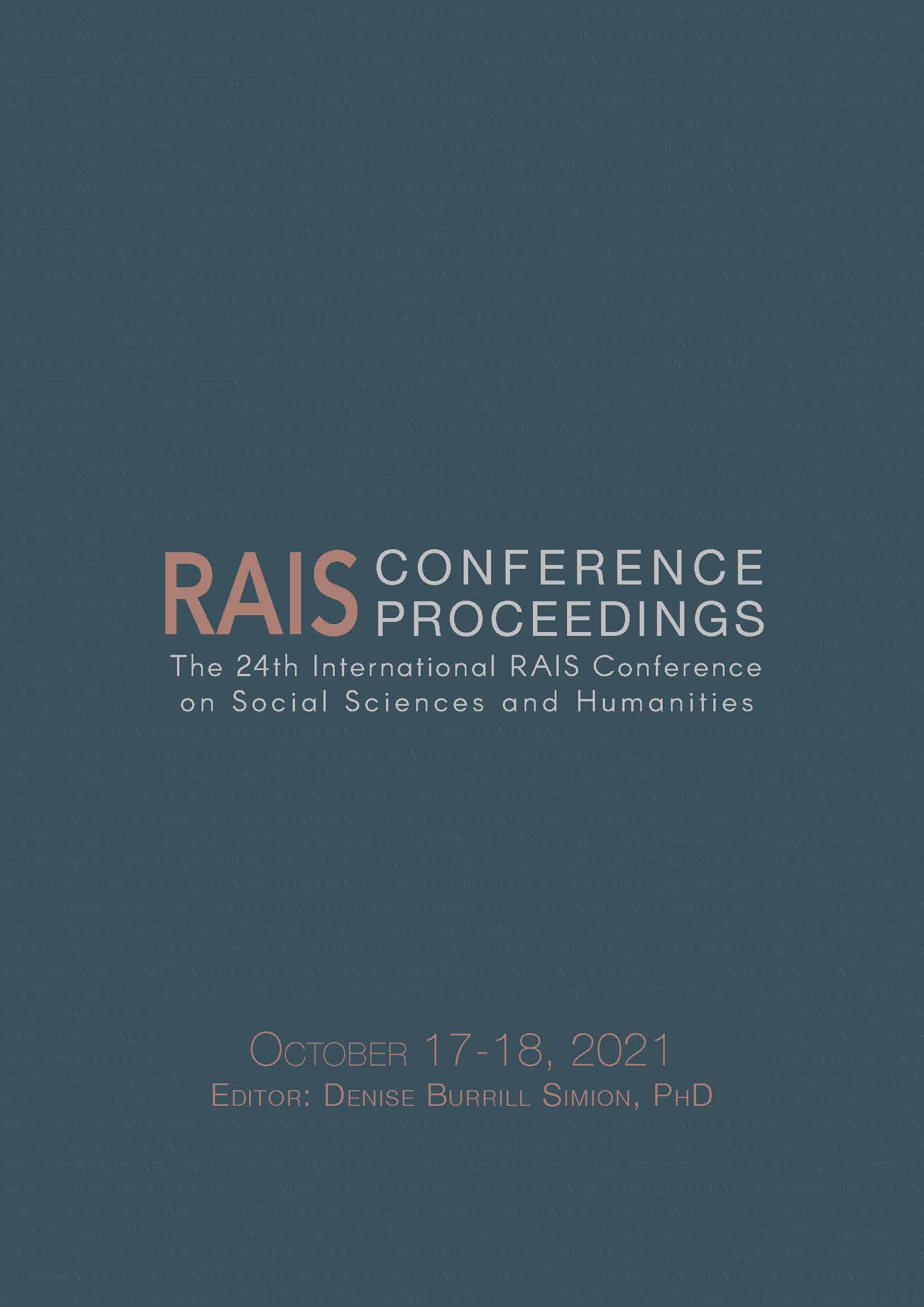Use of Undercover Investigators and Collaborators in Investigating Corruption Offenses
Use of Undercover Investigators and Collaborators in Investigating Corruption Offenses
Author(s): Nadia Zlate
Subject(s): Criminal Law, Corruption - Transparency - Anti-Corruption
Published by: Scientia Moralitas Research Institute
Keywords: corruption; special investigative methods
Summary/Abstract: Corruption is a threat to the stability and security of societies, undermining democratic institutions and values, ethical values and justice, and compromising sustainable development and the rule of law. Art. 19 of the United Nations Convention against Corruption, adopted in New York on 31 October 2003, recommends that States parties consider the adoption of legislative and other have been committed intentionally, the act of a public official abusing his functions or position, for example to perform or refrain from performing, in the exercise of his functions, an act in violation of the law, in order to obtain an improper benefit for himself or for another person or entity. The emergence of the legal framework governing the activity of undercover investigators was unanimously determined by the need to fight atypical forms of crime, which carry out their activity in an organized and “hermetic” way, so that the activity of proving criminal acts by normal methods becomes especially difficult, if not impossible. The objectives of using the undercover investigator or the collaborator are to obtain data and information about the criminal activity, to obtain evidence that will be used in the criminal process. In practice, the undercover investigator or collaborator may carry out activities to establish whether the crime of which a person or an organized criminal group is suspected has been committed, is in progress or in the preparatory phase, identification of members of the group of offenders, identification some accomplices, the identification of witnesses, the identification of the places where the goods from the crimes are hidden, the identification of the places where the victims of the crimes are, the specification of propitious moments for carrying out searches or arrests, etc.
Book: Proceedings of the 24th International RAIS Conference on Social Sciences and Humanities
- Page Range: 49-59
- Page Count: 11
- Publication Year: 2021
- Language: English
- Content File-PDF

